Overview
Many companies offer tuition assistance for employees who wish to continue their education and advance their skills. This type of tuition reimbursement provides benefits for both employers and employees. Employees get the skills they need to qualify for more lucrative positions and employers get a more highly-educated and capable workforce.
These arrangements, however, are complex and can be executed in a number of ways, to include:
Section 127 program: this requires a written plan document (although is not considered an ERISA program) and permits a certain amount of educational assistance (for a variety of educational needs) to be excluded from income for tax purposes. There are numerous legal requirements around this type of program.
Section 132 fringe benefit program: Under 26 U.S.C. §132, employees can deduct certain educational expenses on their own for employer provided benefits. This type of non-ERISA program is less difficult to set-up than a Section 127 but more limited – the expenses must be directly related to current job responsibilities.
Section 117(d) fringe benefit program: This program is rare, but can be used for spouse and dependent children.
Section 501(c)(3) foundation: This is a significant commitment but allows employers to establish a tax-exempt organization to provide educational assistance to a wide range of people.
Lifelong learning account: Generally requires review of state law and entails employer and employee contributions.
Other than with these types of programs, such expenses would be subject to employment taxes.
Discussion
Tuition reimbursement is a valuable employee benefit that encourages workers to continue their education while adding advanced skills to the organization’s core competencies. When offering tuition reimbursement to employees, companies may also expect increased retention rates, higher job satisfaction and better performance. However, before you a draft a tuition reimbursement agreement, consider the following for your tuition reimbursement program:
• which expenses you will reimburse (such as tuition only or all costs including books and other fees);
• how much you will reimburse;
• which employees are eligible (such as all employees or only full-time employees);
• which classes you will reimburse (such as job-related classes only or not); and
• how you can support the employee’s learning efforts (such as telecommuting or flexible hours).
Companies can prorate these agreements or choose not to prorate. For companies that do not prorate, the whole amount is due if the employee is terminated at any time during the time period specified in the agreement. If companies do prorate the entire agreement, the prorated period can be based on a number of days elapsed.
Moreover, although not required, you may want to consider including a provision excusing the employee from having to pay back the tuition costs if they are terminated by the company as part of a reduction in force. Alternatively, you might require repayment only when the employee voluntarily resigns or is terminated for cause as defined by the company.
Employers may also want to consider including a provision regarding withholding money from the employee’s final paycheck as repayment for the tuition expenses. However, it is the US Department of Labor’s position that employers are prohibited from making any deductions that are from the “guaranteed salary” portion of an exempt employee’s wages. Therefore, any authorized deductions for the tuition costs from an exempt employee’s final paycheck would have to come from wages other than the “guaranteed salary,” such as accrued but unused paid time off or commissions.
For non-exempt employees, since the US Department of Labor views the deduction as being for the benefit of the employee, any deductions from the non-exempt employee’s final paycheck may reduce it below the minimum wage and may be made from any overtime wages.
The best practice is to have the employee sign the tuition reimbursement agreement before the education commences or tuition costs are paid in order to avoid any arguments later about valid consideration existing for the agreement.
Lastly, a company should have a process in place for enforcing the reimbursement agreement, which may involve a demand letter being sent to the employee and, if necessary, filing a civil lawsuit for monies owed.
Conclusion
Following are some tips to assist you in drafting a tuition reimbursement agreement.
• State in the agreement whether you will pay 100 percent, 75 percent or 50 percent (or some other percentage) of tuition costs and whether or not the reimbursement is contingent upon successful completion of the class and obtaining a certain grade.
• Include in the agreement a requirement that the employee submit supporting documentation for the tuition reimbursement and/or level of grade attainment.
• Define what constitutes a separation from the company that would trigger the provisions of the agreement.
• Be sure to include an employment-at-will statement in the agreement, meaning that the agreement is not intended to provide a definite term of employment for the employee and that the employer can still choose to terminate the employment at any time.
• Consult with your CPA or tax attorney to discuss any potential tax implications for the company or employee in connection with the tuition reimbursement agreement and make those clear in the agreement when you determine the structure.
Note: Review state laws for state-specific provisions.
Written by a Catapult Advisor
Click on the button link below to download this Tuition Reimbursement Agreement Guide.

